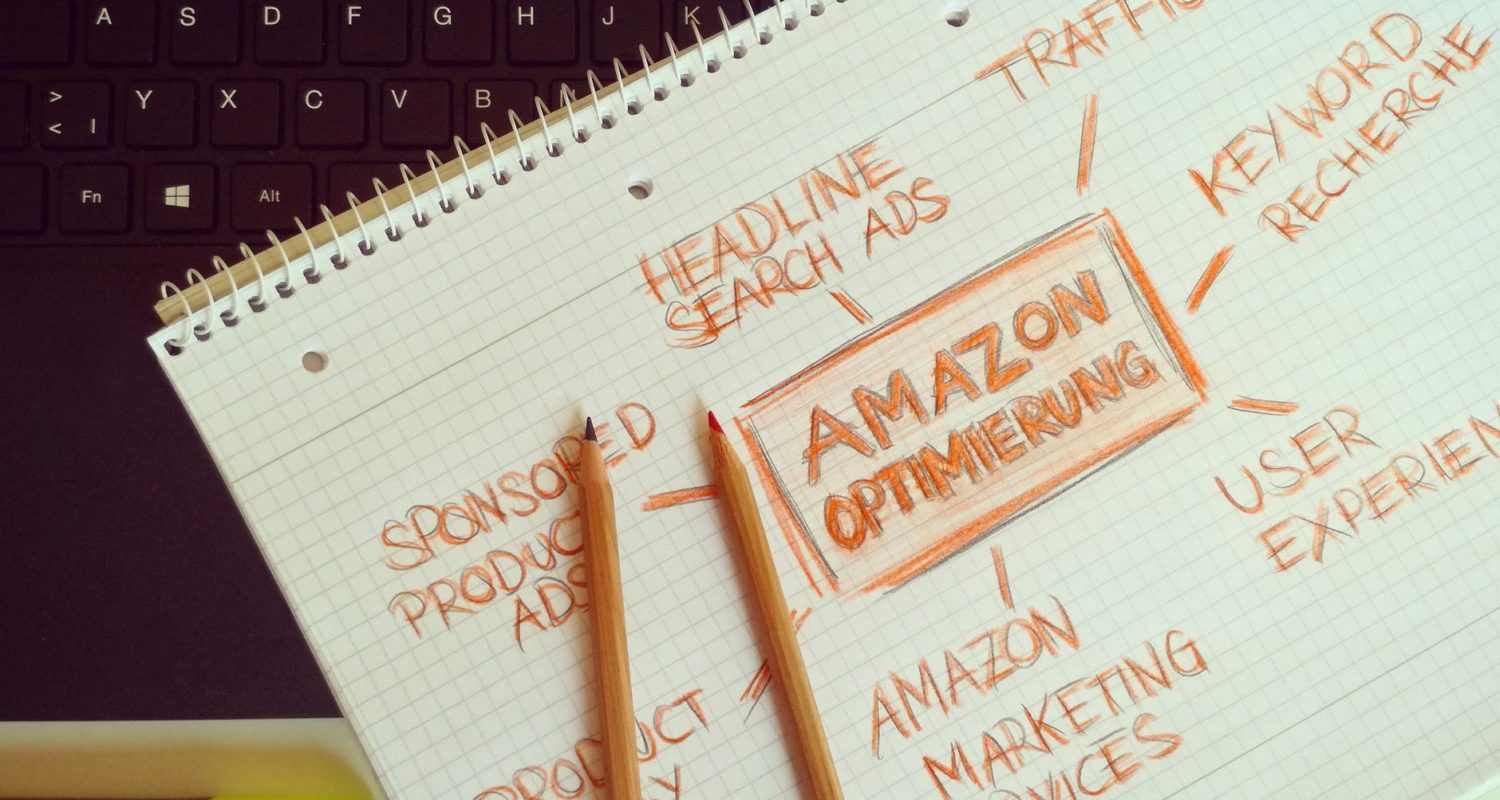SEO AUDIT CHECKLIST
What is SEO AUDIT?
SEO audit is the process of evaluating or analyzing a website to see if there are any areas on your website that need to be fixed to improve your website’s performance on search engine result pages (SERPs).
A website is made up of different pages hence these pages are evaluated one by one to see if there are necessary changes that need to be made. For Google to be able to rank your website, it must first be able to read each page on your website and if it can’t then your website will hardly be visible.
FACTORS TO CONSIDER IN YOUR AUDIT
SEO audit involves a lot of things that’s why it’s important to take time and study your website and know what needs to be changed or improved. Let’s look at the factors that should be focused on in SEO audit.
1.On-Page SEO– On-page SEO deals with optimizing the content on the website. The content in mention includes images, titles, internal links(links within the website). On-page SEO deals with two things, technical issues, and content.
a) Technical SEO– refers to making your website easily crawled and indexed so that search engines can know what your website is all about. Technical SEO doesn’t involve the content on the website. It deals only with website infrastructure. It is also done to make sure the website has good organic rankings. Technical SEO consists of:
i) Mobile Friendly-Your website has to be a mobile-friendly website since millions of users have mobile phones. Google tends to rank websites that are mobile-friendly higher compared to those that aren’t. Having a mobile-friendly website will not only improve your SEO/rankings but also enable you to reach a larger audience. There are so many tools that can be used to check if your website is mobile-friendly. You can check if your website is mobile-friendly through Google’s tool
ii) Website Speed– Your website should load fast. If your website is slow, your visitors are likely to leave your website and go to your competitor’s website. People expect a website to load not more than two seconds. Website speed affects the ranking of a website as well. Fast websites are ranked higher in search engines.
iii) 404 Page-This is a page that tells the visitor that a particular webpage is no longer available and may sometimes direct them to the new page. A good 404 page is a page that gives the visitor the option to go back to the previous website as well as directing them to the new website. A lot of times it is not required to create a 404 page but will do no harm if you create one anyway.
iv) Choose a Domain-When a choosing a domain name, make sure you choose only one domain name otherwise you’ll be confusing search engines such as Google. A domain name can be chosen by using www or without www. Candystore.com is an example of a domain name without www. You can also use .net,.org,.com.These are the most used ones, it’s better to use one of them.
v) XML Sitemap-This is where all the pages on the website are listed. The dates in which the pages are posted as well as edited are all stored in the XML sitemap. This makes it easier for web crawlers to crawl your website easily and be able to understand the content on your website which will help in SEO.
vi) Meta-descriptions-These are snippets that describe what the page on the website is all about. These snippets are usually short and don’t normally exceed 155 words. Meta descriptions are displayed on search engines when a user makes a search query.
vii) User Experience(UX)-Your visitors should not have any problem navigating through your website. If they experience any kind of problem, it will affect your ranking on search engines. Your visitors should be able to find what they are looking for without spending a long time looking for particular information. This plays a major role in SEO.
b) Content-This involves making some changes to the website content. This is usually done so that the website can easily be found by people when they make search queries. The content on the website might be good but they might be some small factors that are hindering your website from being visible on search engines and are affecting your SEO. Let’s look at how you can improve the content on your website
i) Keywords-Before you decide on what words you are going to use in your content, take time to study keywords. Keywords are very important as they are the key indicator of what users on search engines are looking for. Once you know the keywords, you will get an idea of words to use in your content and how to place them as well. Though it’s important to use keywords you should be careful not to overstuff your content with keywords because it’s bad for SEO.
ii) Headings and Subheadings-When choosing headings and subheadings in your content, it’s advisable to use keywords in them. Using keywords in your headings or subheadings catches the attention of users on search engines who are looking for answers. It is also a way of convincing the search engine that your content has more accurate information than others. Synonyms can be used in heading and subheadings as well.
iii) Length of Content-Part of SEO audit is checking the length of your content. Longer content tends to perform better in SEO as Google tends to see it as explaining a particular topic in all areas. You want your content to rank higher, all you have to do is to make it long. This doesn’t mean that your content should just be long but not contain useful information. Your content should be both long and have provided the reader with the information he or she is looking for.
iv) Title Tag-The title tag is what determines whether your content will be clicked or not. To increase click rates, keywords should be part of your title. Look at the most used keywords in your field and use those keywords in your title. Apart from the title, there is also a meta description which is a summary of the content. The meta description should also contain keywords since it has a high chance of appearing on search engine result pages when a visitor uses a keyword in the meta description.
v) Body Copy-This is the text that forms the content on a website or blog and so forth. Keywords should also be included in the body but should look natural. They shouldn’t look forced or just put there for the sake of it. You shouldn’t focus so much on keywords rather focus on the content itself. At the end of the day if your content is good it will yield results but if it’s not good but filled with keywords then it’ll be a waste.
vi) Alt text-Alt text is used to describe images in the content. Since search engines can’t read images hence the need to name or describe your images. Naming the images in your content will boost your SEO. There’s also image title text which falls under the same category as alt text. The only difference is that the image title text goes into more detail to explain the image.
vii) Site Structure-The way your content is arranged on your website plays a big role in the ranking of your website on search engines. A properly arranged website has its linked content properly organized and images are also placed where they are supposed to be on the website. Having such a website will make it easy for the visitor to find what they are looking for and hence reduce bounce rates.
Conclusion
For your website to have rankings on search engines, you need to conduct a SEO audit. This will help you to know what is wrong on your website and how to fix it.SEO audit doesn’t have to be done every month, two times a year is not bad. However, it depends on the size of the business or company. If you are a large company then 3 times a year will be better for you.





